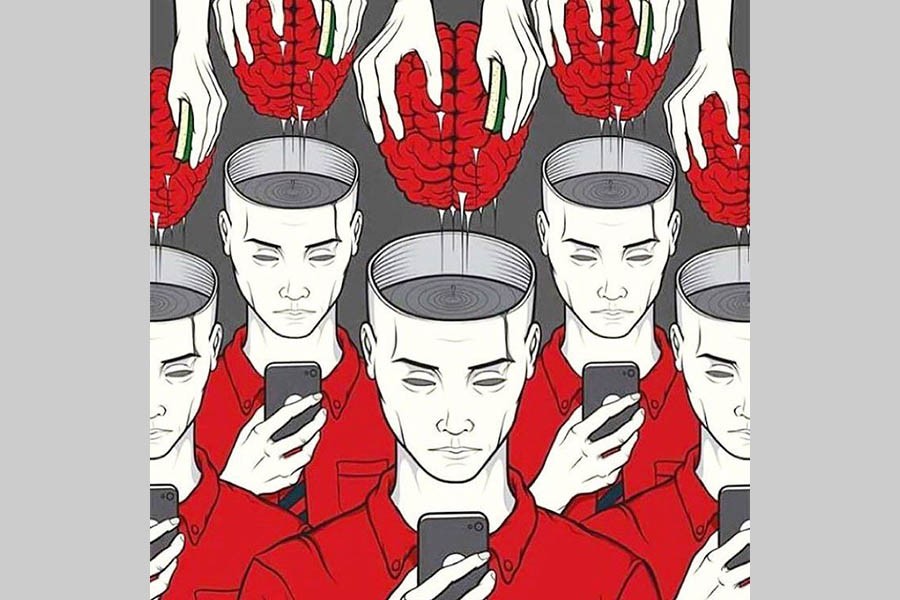Nearly a decade ago, Apple co-founder Steve Jobs introduced the first iPhone, an efficient smart phone. Since then the concept of mobile phones has changed entirely. Smartphone possesses extensive computing capabilities, high-speed internet connectivity through Wi-Fi and mobile broadband and other features beside the function of calling someone.
Now, smartphones have become an indispensable item in life. As these are cheap and help people access the internet from anywhere they are located, most people have smartphones.
Smartphones have made it easy for users to communicate with each other through various social media apps like Facebook, Baidu, Facebook Messenger, Google, Myspace, Instagram, LinkedIn and more that can be stored in the phone. The social media platforms together have over 100 million registered users.
A 2015 Pew Research Centre study has revealed that Facebook is the most popular and frequently used social media platform among teens aged between 13 and 17. Around 92 per cent visit Facebook daily while seven per cent use YouTube and other platforms. Almost every hour, 24 per cent teenagers go online through smartphones.
But excessive use of smartphones is straining the bonds that children have with their parents and family members. They are also increasingly experiencing social isolation, depression and suicidal thoughts.
Social isolation has increased as more people are engaged in virtual life rather than being connected in reality. Also, cyber bullying and trolling over social media are making life unbearable for many teenagers.
The Centers for Disease Control and Prevention in the USA has found that from 2010 till 2015 the rate of suicide and severe depression among teens have increased by over 30 per cent. More than 60 per cent of this increase has occurred in girls.
Another study by Florida State University has revealed that those who used electronic devices for more than five hours per day have close to a 50 per cent chance of having suicidal thoughts.
Many toddlers are already addicted to tablets and other hand-held devices owned by their parents, who use these devices to divert the attention of their children while feeding them. Such addiction heightens the risk of epilepsy, myopia and causes other health complications.
Myopia is increasing rapidly across the world. In the US and Europe, nearly 50 per cent young adults have the condition which is double than the number 50 years ago. Rates are even higher in Asia. Researchers in South Korea conducted eye exams on 916 children, aged seven to 12 years. Sixty children, or 6.6 per cent of the total, met the criteria for dry-eye disease based on various assessments, including tear-breakup time, a test that measures the stability of the tear film. Of those children, 97 per cent reported on questionnaires that they used smartphones, on average for 3.2 hours a day.
More parental control of phones can help. Initiatives from government can also play a huge role. For example, France is in the process of completely banning cell phones from lower and middle schools.
Individual households can take their own measures to battle smartphone addiction. Possibly, the time being used on smartphones and such devices per adult and children can be restricted to a few hours only every day.
Engr. Md. Shahin Alom is Deputy General Manager of MJL Bangladesh Limited.


